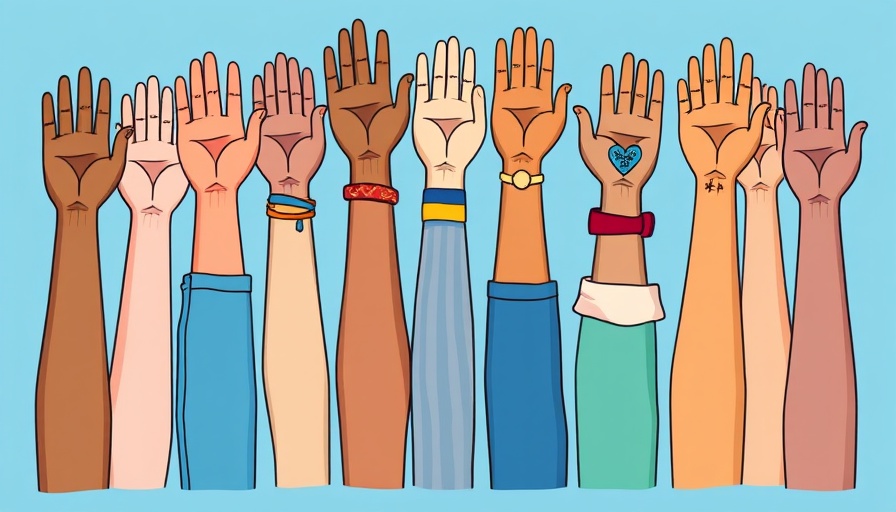
Understanding Racial Bias Through Mindfulness
In a world increasingly aware of social justice issues, understanding our racial biases is crucial. By pairing mindfulness with self-reflection, we can not only identify our biases but also learn how they impact our interactions with others. This practice offers a pathway to growth and healing, particularly for individuals in professional environments where inclusivity and empathy are paramount.
The Impact of Bias on Emotional Health
Our emotional health is often intertwined with our experiences and perceptions of others. When we harbor bias, we may unconsciously skew our reactions and thoughts about individuals based on stereotypes rather than their genuine character. For example, teachers, who are entrusted with the development of young minds, may fall into the trap of unconsciously expecting less from students of color due to societal narratives. Recognizing these biases is the first step toward cultivating more equitable environments where every individual feels valued.
Real-Life Anecdotes: A Teacher’s Journey
Consider the experience of a teacher who reflected on their first day in the classroom. The moment they noticed an Asian student and unconsciously presumed they would not need help starkly illustrated how bias can manifest. Similarly, the favorable biases toward White students compared with negative assumptions about Black and Brown students reveal how easily our prejudgments can influence behavior. By sharing these anecdotes, we can humanize the experience of bias and make it clear that everyone can struggle with these thoughts.
Mindfulness Practices for Growth
Mindfulness encourages us to observe our thoughts and reactions without judgment. This non-reactive awareness opens the door to acknowledging biases we may not even be aware we hold. Practices such as meditation, journaling, or guided conversations can help in addressing and understanding these biases. Techniques such as these not only foster individual growth but can also aid in creating a more harmonious community.
Fostering Empathy Through Listening
Building empathy is essential in combating bias. Engaging in open conversations with others about their experiences can provide insights into different perspectives. Encourage yourself and those around you to ask questions and listen actively. This practice is not just about hearing words; it's about working to understand the depths of experiences that shape individual identities. By cultivating empathy, we adhere to a more balanced, inclusive worldview.
Seeking Professional Guidance: The Role of Counselors and Therapists
If self-guided mindfulness practices feel overwhelming or challenging, seeking the help of professionals can offer additional support. Therapists or counselors can provide tailored strategies to help navigate racial biases while fostering emotional health. Whether through in-person or telehealth platforms, accessing therapy can broaden your understanding and foster resilience. Especially in figures such as those found near Gig Harbor, reaching out for guidance can be a transformative step toward healing and growth.
The Path Forward: Self-Improvement and Awareness
By combining mindfulness practices with active engagement in social issues, individuals can foster a deeper understanding of their biases and the impact they have on others. Continued self-improvement is not only possible but vital for personal and communal growth. Fostering an environment of acceptance and integrity through this awareness can lead to healthier relationships, both personally and professionally.
 Add Row
Add Row  Add
Add 




 Add Row
Add Row  Add
Add 

Write A Comment